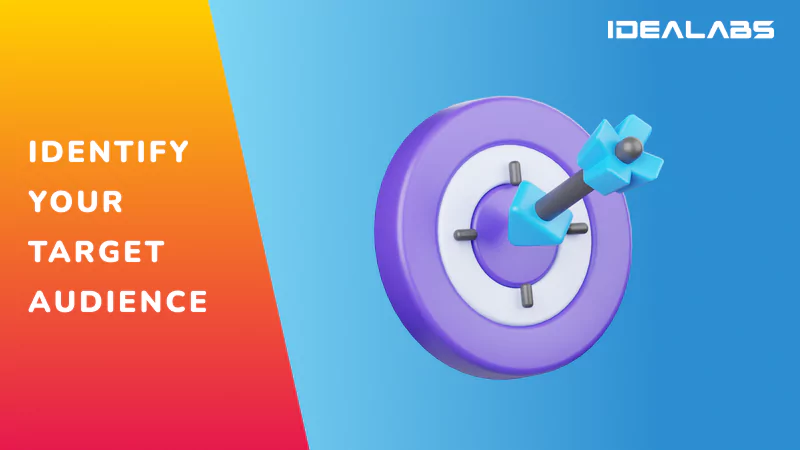In digital marketing, knowing who your audience is can make or break your campaign. Identifying your target audience allows you to tailor your content, messaging, and strategies to the people most likely to be interested in your product or service. Without this focus, your marketing efforts can become scattered and ineffective. This article will guide you through the process of identifying your target audience in a simple and actionable way.
What is a Target Audience?
A target audience is a specific group of people who are most likely to be interested in your product or service. These are the individuals who will find the most value in what you offer, and they are the ones you should focus your marketing efforts on. By understanding your target audience, you can create more relevant and engaging content, leading to better conversion rates and a higher return on investment (ROI).
Steps to Identify Your Target Audience
1. Analyze Your Current Customer Base
Start by looking at who is already buying your products or using your services. Gather data on your current customers and analyze it to identify common characteristics. Consider factors such as age, gender, location, interests, and buying behavior. Understanding these demographics can help you find patterns and trends that define your target audience.
For example, if you notice that most of your customers are young adults interested in fitness, you can tailor your marketing to appeal specifically to that group.
2. Create Customer Personas
A customer persona is a fictional representation of your ideal customer. It includes details such as demographics, interests, challenges, and buying motivations. Creating detailed personas helps you visualize who you are targeting and allows you to tailor your content and messaging to meet their specific needs.
To create a customer persona, gather data from surveys, customer feedback, and analytics tools. Include information like:
- Age and gender: Are they young professionals or middle-aged parents?
- Location: Where do they live? Urban areas or rural regions?
- Interests and hobbies: What do they enjoy doing in their free time?
- Pain points: What challenges or problems are they looking to solve?
- Buying behavior: How do they shop online? Do they prefer discounts or value quality?
3. Study Your Competitors
Analyzing your competitors can provide valuable insights into who they are targeting and how they are reaching their audience. Look at their marketing strategies, social media presence, and customer reviews. Identify the types of customers they are attracting and see if there is overlap with your potential audience.
However, don't simply copy their approach. Use the information to find gaps or opportunities where you can offer something unique to a similar audience.
4. Use Google Analytics and Social Media Insights
Google Analytics and social media platforms like Facebook and Instagram offer powerful tools to understand who is engaging with your content. Google Analytics can show you data about the age, gender, location, and interests of your website visitors. Social media insights provide information on who is interacting with your posts, following your page, and sharing your content.
These tools can help you refine your target audience by providing real-time data on who is interested in your brand.
5. Conduct Surveys and Interviews
Sometimes, the best way to understand your audience is to ask them directly. Conducting surveys and interviews allows you to gather qualitative data on your customers' needs, preferences, and pain points. Ask questions like:
- What do you look for when choosing a product like ours?
- What challenges are you trying to solve?
- How did you find our brand?
- What do you like or dislike about our competitors?
Use this feedback to refine your customer personas and improve your marketing strategies.
6. Test and Refine Your Audience
Identifying your target audience is not a one-time task. As your business grows and evolves, so will your audience. It's essential to test different marketing strategies and track the results to see what resonates best with your target audience.
Use A/B testing to experiment with different content, messaging, and channels. Monitor the performance of your campaigns and make adjustments based on the data. This continuous refinement will help you stay aligned with your audience's changing needs and preferences.
Conclusion
Identifying your target audience is a crucial step in creating effective digital marketing strategies. By understanding who your audience is, you can tailor your content, messaging, and campaigns to meet their specific needs, leading to higher engagement and better results.
If you're looking to enhance your digital marketing efforts and reach the right audience, IdeaLabsLK can help. Our expert team specializes in crafting tailored digital marketing strategies that align with your business goals. Let us help you connect with your ideal customers and drive success in the digital world.

